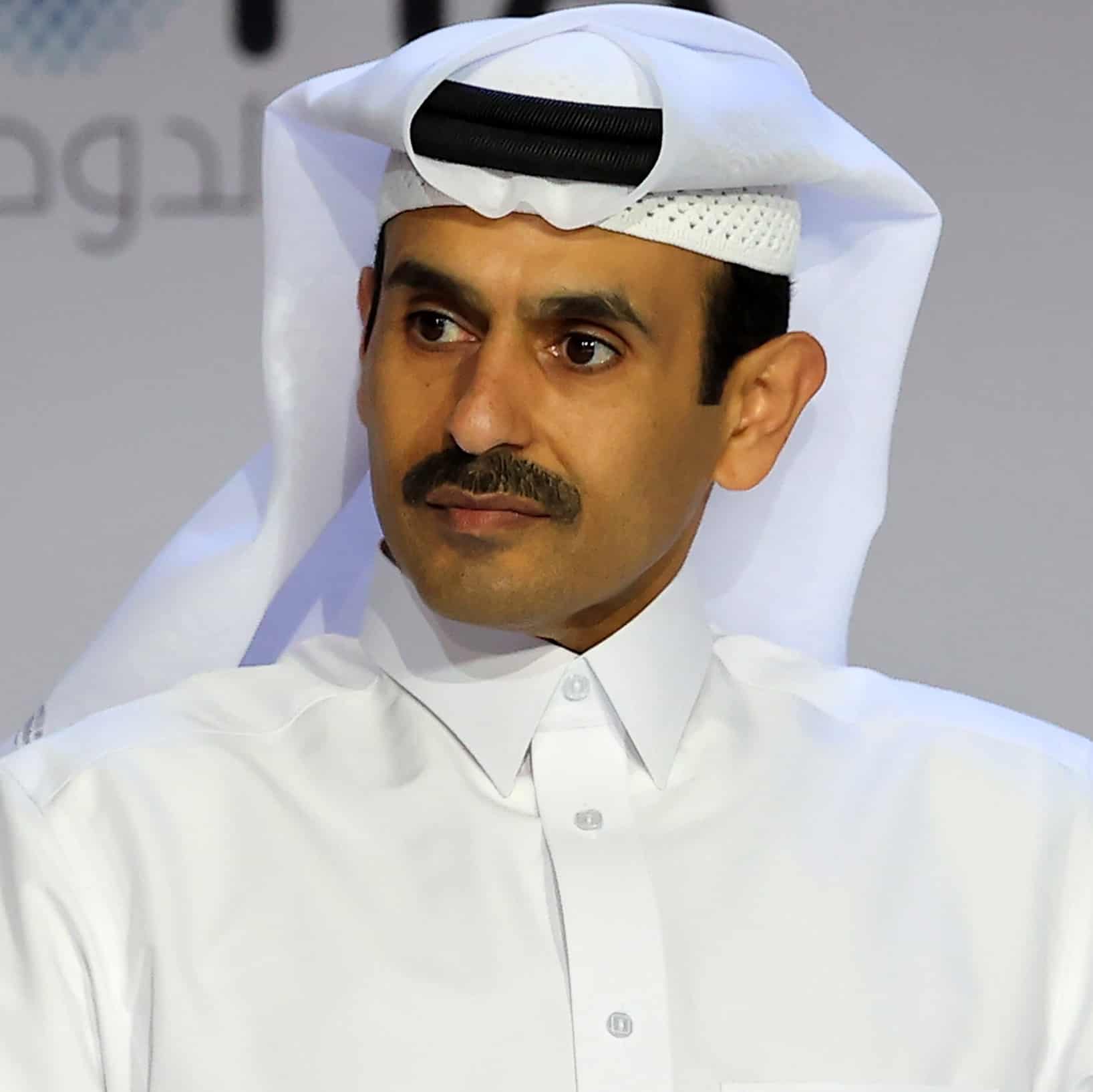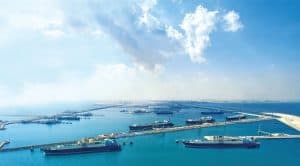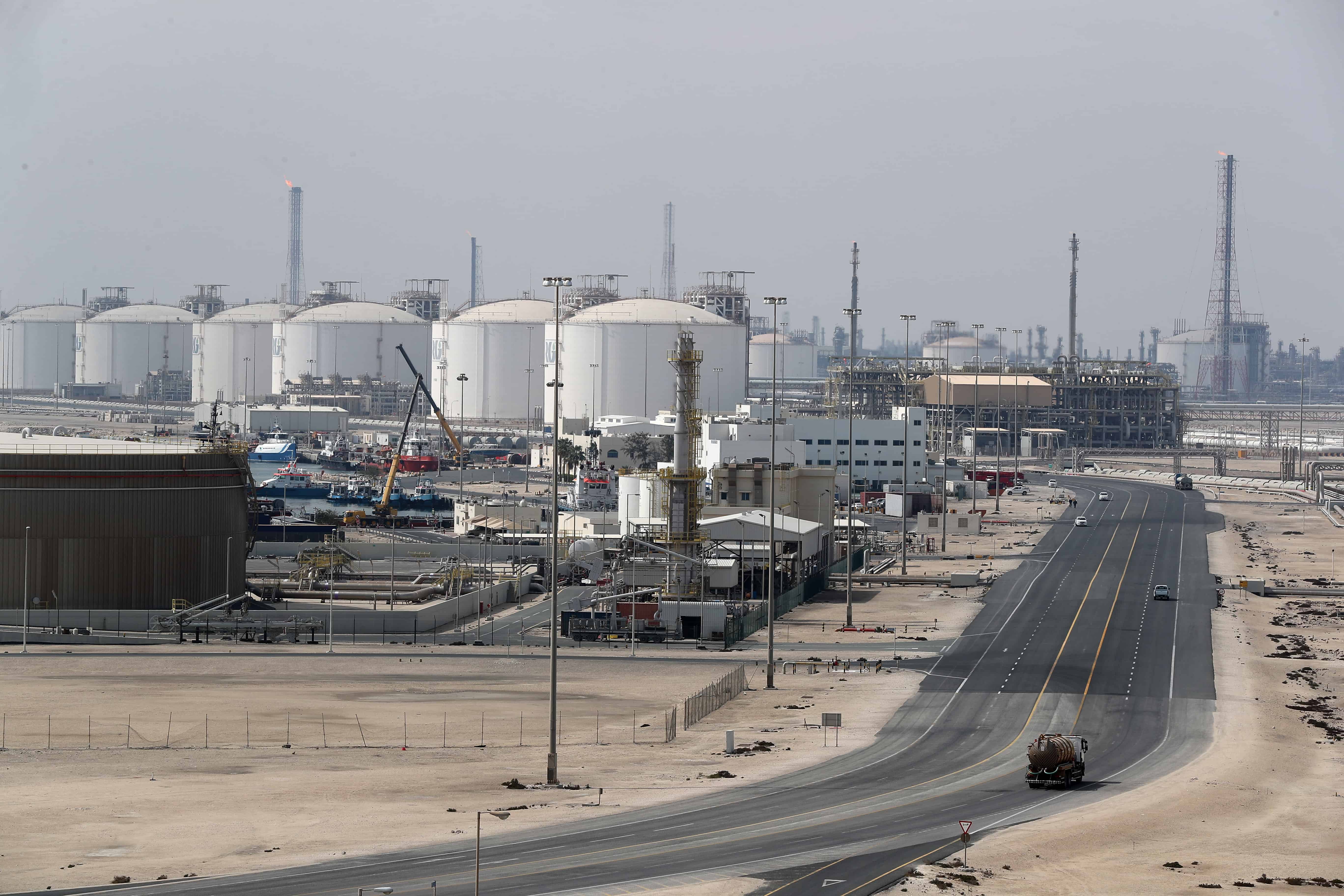The Russian military operation in Ukraine and the consequent Western sanctions demonstrated the European Union’s (EU’s) reliance on Russian gas.
According to bne IntelliNews, 27 European countries rely on Russian gas for 40 percent of their needs.
The majority of which arrives via the Yamal-Europe pipelines that cross Belarus and Poland to Germany, and Nord Stream 1, which goes directly to Germany, the world’s largest consumer of Russian gas.
The International Energy Agency (IEA) ranked Russia on the top of the list of countries with the biggest natural gas exports, with 158 billion cubic meters supplied to Europe in 2021 and 25 percent of the oil imports required by Western cities.
According to a figure released by Eurostat, Europe fulfils 44.48 percent of its gas needs from Russia, followed by Norway at 17.53 percent, Algeria at 8.19 percent, and Qatar at 5.65 percent.
Europe’s difficult alternatives
The numerous significant European sanctions against Russia have not affected the demand in the oil or gas sector, but its supply.
Therefore, the European continent is looking for liquefied gas, which are often supplied by ships, as an alternative to Russian gas.
The US had asked Qatar to supply gas to Europe if Russian supplies were disrupted.

However, Qatar’s Minister of State for Energy Affairs, Saad Al-Kaabi, stressed during the Doha Forum that his country does not have large reserves that can be transferred to Europe.
Hence, its ability to achieve additional liquefied natural gas (LNG) production is limited, he said explaining that Europe requires seven-eight years to wean its energy procurement away from Russia.
Al-Kaabi said Qatar’s transferrable exports to Europe do not surpass 10-15 percent, emphasizing that filling Russia’s gas-market position in the short term is nearly impossible for any single country.
The German government recently agreed with its Qatari counterpart to import LNG to reduce its reliance on Russian energy.
However, experts say the agreement’s impacts would not be noticed in Moscow’s economy in the near term.
In this context, Garbis Iradian, chief economist for MENA at the Institute of International Finance, told TRENDS that it would take at least two years till Qatar and the US replace Russia as the main supplier of natural gas to Europe, and the pricing could be much higher given the distance and transportation cost.
Does Qatar have the solution?
The German-Qatari agreement came while EU governments were discussing imposing an oil embargo on Russia, but this would push higher oil prices that had already breached the $140-per-barrel mark.

According to S&P Global Ratings, Qatar could cover around 13 percent of Russian gas imports to the EU and the United Kingdom.
It stated that Doha could play a significant part in European countries’ aspirations for gas by 2030, but QatarEnergy is tied to long-term gas export contracts that expire after more than four years.
According to 2020 data, Qatar gas exports totaled about 106 billion cubic meters, with 80 percent going to Asia and 20 percent to Europe. By 2025, it is predicted to nearly double its LNG production.
Meanwhile, Doha has already begun an investment program to increase its annual LNG production capacity from 77 million tons to 126 million tons by 2027.
The Golden Pass LNG facility in the United States, in which QatarEnergy has an estimated 70 percent stake in cooperation with ExxonMobil, is set to open in 2024 and will have a total capacity of 16 million metric tons per year.
According to Bloomberg, some potential constraints may prevent Europe from receiving Qatari gas, the most important of which is a lack of reconversion stations for liquefied gas. Also included are supply-chain and shipping-chain constraints.
According to Robert Songer, LNG analyst at commodity intelligence firm ICIS, if Europe loses access to Russian gas, Qatar and Japan will be limited in their ability to assist with additional imports.
Regional and global scenario
Replacing Russian gas with Qatari gas involves numerous issues, the most significant of which is that Qatar uses long-term contracts. In contrast, Europeans use spot contracts to lower costs.
Iranian and MENA oil and gas exporters are of the opinion that Saudi Arabia, the UAE, Kuwait, Qatar, Oman, Iraq, Iran, and Algeria will gradually increase their market share in the world’s energy market by providing more crude oil and LNG to European economies.
However, this would require a substantial increase in investment in oil and gas projects in the region to raise their production capacity.
Iranians added that the war between Russia and Ukraine had persuaded European countries to rely less on Russia and more on MENA hydrocarbon exporters, besides the US and Canada.

